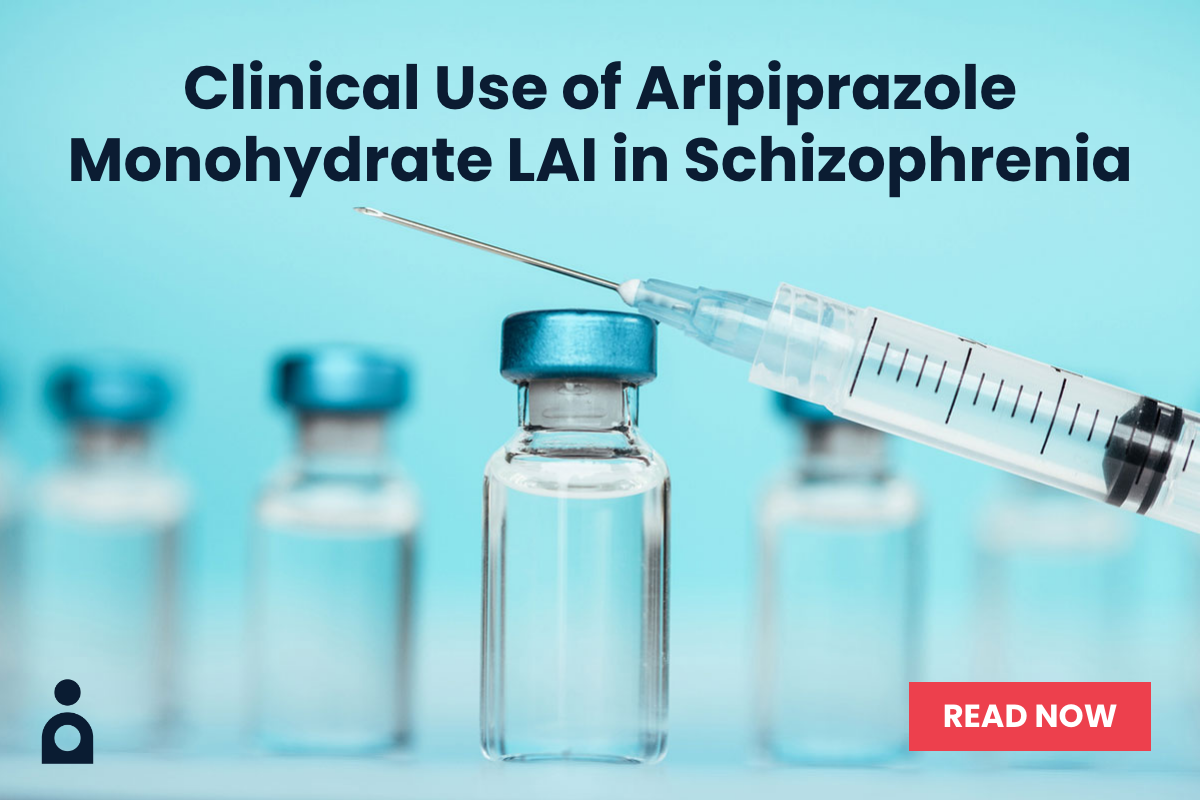Objective: Despite the high prevalence and significant morbidity associated with posttraumatic stress disorder (PTSD) in children and adolescents, there are limited and conflicting data to guide psychopharmacologic interventions. With these considerations in mind, we sought to summarize the current evidence for psychopharmacologic interventions in youth with PTSD.
Data Sources/Study Selection: We conducted a literature review of the National Library of Medicine to identify publications of pharmacologic treatments for youth with PTSD or posttraumatic stress symptoms. The search was limited to articles written in English and published between 1966 and 2009. In addition, we manually searched each citation for additional references and the following journals: Journal of the American Academy of Child and Adolescent Psychiatry and the Journal of Child and Adolescent Psychopharmacology.
Data Extraction: All articles were manually reviewed and evaluated. Thereafter, each agent or class of medication was categorized by level of evidence.
Data Synthesis: Three double-blind, randomized controlled trials of selective serotonin reuptake inhibitors (SSRIs) and 1 double-blind randomized controlled trial of imipramine in children and adolescents with PTSD or acute stress disorder were identified. Additionally, several open-label studies and case series involving other classes of medications (eg, antiadrenergics, other antidepressants, and second-generation antipsychotics) were reviewed.
Conclusions: The extant data do not support the use of SSRIs as first-line treatments for PTSD in children and adolescents. There is limited evidence that the brief use of antiadrenergic agents, second-generation antipsychotics, and several mood stabilizers may attenuate some PTSD symptoms in youth. However, controlled trials of these agents in children and adolescents with PTSD are needed.
J Clin Psychiatry 2010;71(7):932-941
Submitted: June 5, 2009; accepted August 14, 2009.
Online ahead of print: April 20, 2010 (doi:10.4088/JCP.09r05446blu).
Corresponding author: Jeffrey R. Strawn, MD, University of Cincinnati, Dept of Psychiatry, Box 670559, Cincinnati, OH 45267-0559 ([email protected]).
Members Only Content
This full article is available exclusively to Professional tier members. Subscribe now to unlock the HTML version and gain unlimited access to our entire library plus all PDFs. If you’re already a subscriber, please log in below to continue reading.
Please sign in or purchase this PDF for $40.00.
Already a member? Login

